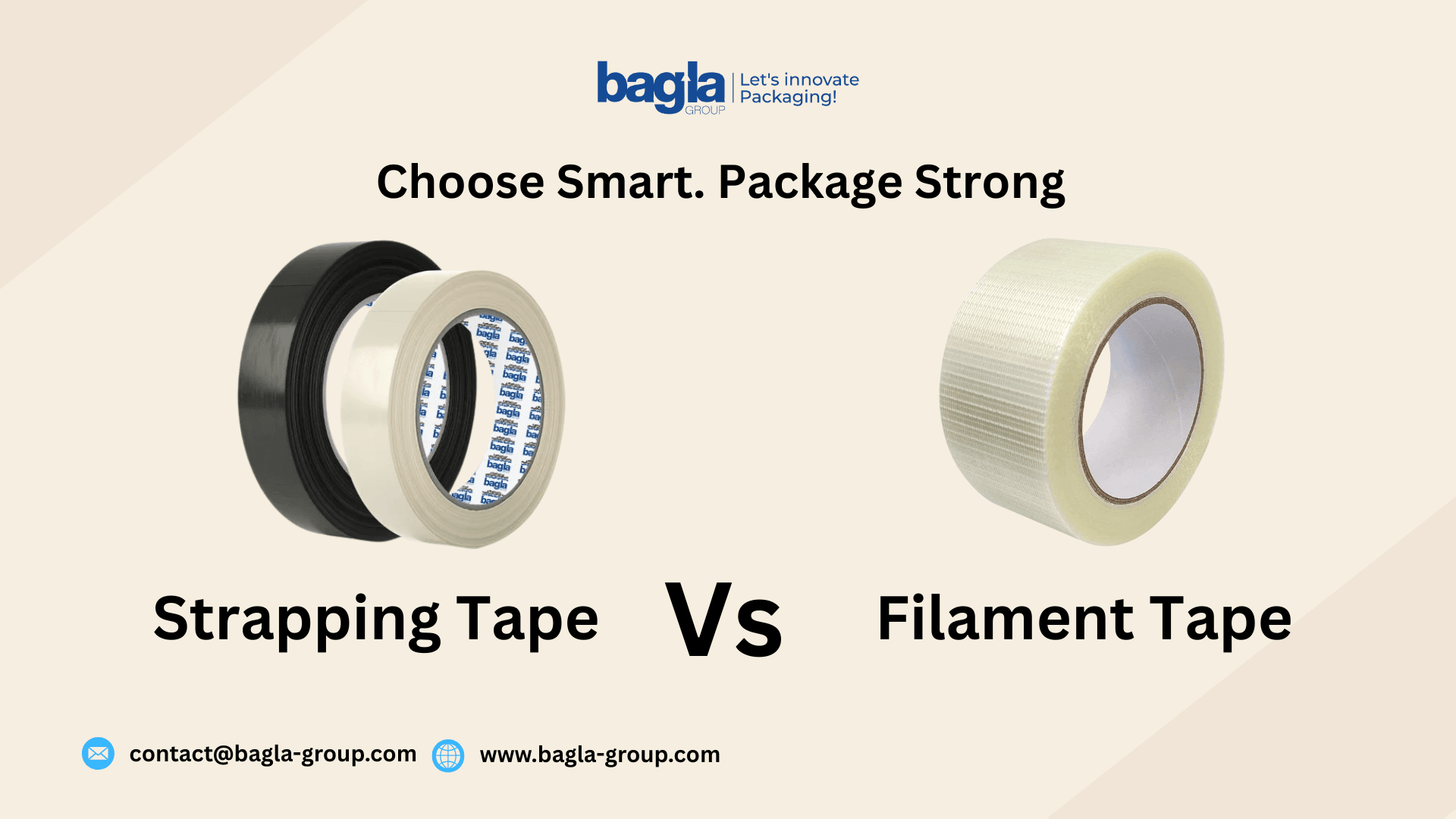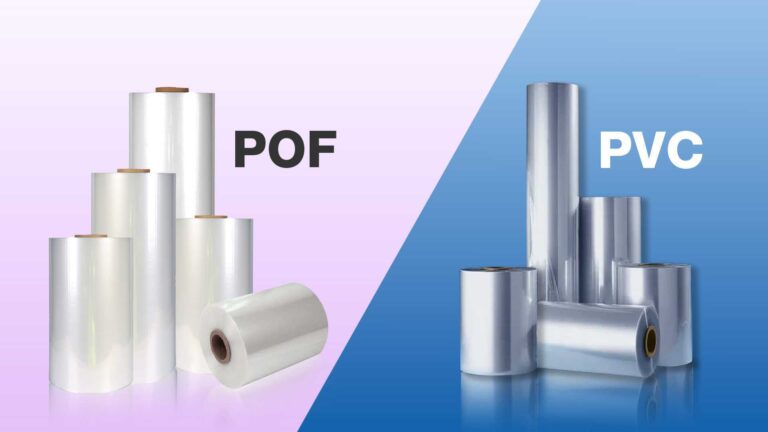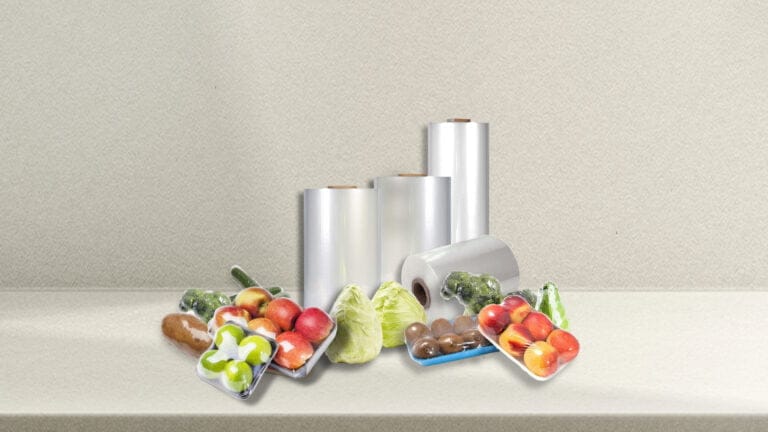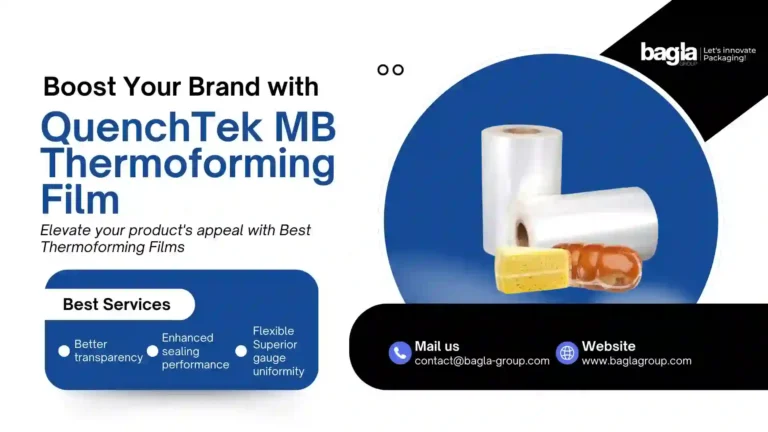In the fast world of logistics, shipping, and industrial packaging, choosing the right tape can be a big decision. It is necessary to understand the difference between secure shipments and costly failures. Two high-performance tapes that frequently come up are strapping tape and filament tape. To choose the accurate one, you have to understand the difference between Strapping Tape Vs Filament Tape. Though these terms are sometimes used interchangeably, there are distinct differences in design, strength, applications, and cost.
Use this as your go-to reference before placing the next bulk tape order or recommending tapes to clients.
What Is Strapping Tape?
Strapping tape, also known as pressure-sensitive strapping tape, is a high-strength tape manufactured to secure heavy cartons, bundles, and palletized loads without requiring heat or special equipment. The key features:
- High-tensile synthetic backing: Often made from polypropylene (PP) or polyester (PET), reinforced with longitudinal synthetic filaments (strapping fibers).
Natural rubber adhesive: Strong adhesive layer that stays put during transit. - Heavy-duty performance: Common tensile strengths range from 100 to 300 pounds per inch of width, with some industrial grades rated even higher.
Key Features
- Unstretched backing -The fibers in strapping tape backing are taut, providing excellent compressive and tensile strength.
- Smooth backing vs. filament tape – Strapping tape has a flatter film backing, offering broader surface contact.
- Usage – Ideal for bundling rigid items (like pipe, steel, lumber) and heavy cartons on pallets. It provides excellent edge tear resistance.
What Is Filament Tape?
Filament tape (aka BC‑strand tape or packer’s tape) is a variant of reinforced tape composed of a plastic film facing with embedded fiberglass or polyester filaments arranged longitudinally. Unlike strapping tape:
- Fibers embedded in adhesive layer – Filament fibers are encased within the glue, not applied as a separate backing.
- Less film bulk – Since the reinforcement is embedded, the tape remains thinner and more flexible.
- Wide strength range – From 30 to 180 pounds per inch, with heavy-duty industrial versions reaching 200 lb/in.
Key Features
- Lightweight backing – PAT film, BOPP, or PET acts as the carrier.
- Fiberglass or polyester filaments – Provide tear resistance and tensile strength.
- Usage– Ideal for sealing cartons, bundling light-to-medium products, and stabilizing pallets.
Structural & Technical Comparisons Between Strapping Tape Vs Filament Tape
| Feature | Strapping Tape | Filament Tape |
| Backing Material | Thick synthetic film (PP or PET) + filaments | Thin film (PET, BOPP) with embedded fibers |
| Reinforcement Location | On top of backing | More comfortable and flexible |
| Tensile Strength | 100–300 lb/in (higher grades even more) | 30–200 lb/in |
| Adhesive Type | Natural rubber (high tack) | Natural rubber or hot-melt (varied tack) |
| Tear & Edge Resistance | Excellent—backing + fibers | Very good—fibers prevent tear spread |
| Flexibility | Slightly rigid due to thick backing | More conformable and flexible |
| Typical Widths | 2″–4″ | 3/4″–2″ (sometimes wider) |
| Cost | Moderate to high per roll | Generally more economical |
| Dispensing | Hand-tearable; ideal for dozens of wraps | Often dispensable via handheld tools |
Applications – Best Use Cases Comparison Strapping Tape vs Filament Tape
Understand the basic uses and differences between strapping tape vs filament tape. This will help you to make valuable use of these tapes as per your requirements:
Strapping Tape
- Heavy carton sealing – Corrugated cartons weighing over 30 kg (66 lb).
- Bundle binding – Lumber, tubes, steel rods, or any long, heavy products.
- Pallet stabilization – Requires multiple layers for drum, case, or pallet unitizing.
- Edge protection – Works well on edges due to rigid backing.
Filament Tape
- Carton sealing – Medium-weight boxes.
- Light bundling – Pipe bundles, bundled products like reams of paper.
- Pallet banding – For lighter loads under 300 kg (660 lb).
- Branding & labeling – Pre-printed filament tapes for packaging punches.
Performance Specifications
- Tensile Strength: Indicates maximum pulling force.
- Strapping tape: 100–300 lb/in.
- Filament tape: 30–200 lb/in.
- Adhesion (Peel Strength): Measures initial grip to carton surface.
- Elongation at Break: Describes stretchability before breaking.
- Shear Holding Power: This determines how long the tape resists slipping under load.
- Temperature Performance: High-quality tapes maintain integrity from −20 °C to 60 °C.
Cost & Value Analysis Comparison: Strapping Tape Vs Filament Tape
| Metric | Strapping Tape | Filament Tape |
| Price per roll | INR 900–1,500 (2″, 100 m) | INR 300–800 (2″, 50 m) |
| Cost-per-strength unit | Efficient for heavy loads | Higher for heavy-duty needs |
| Storage Volume | Bulky rolls | Slim—compact storage |
| Usage Speed | Slower—heavier; unspools slowly | Faster—lighter rolls dispense quick |
At Bagla Group, we recommend:
- Strapping tape when load safety and compressive strength outweigh price.
- Filament tape for high-volume medium-duty packaging where speed is essential.
Pros & Cons Summary
Strapping Tape
| Pros | Cons |
|---|---|
| Exceptional tensile and edge strength | Bulkier and heavier, slower to dispense |
| Good shear resistance, secure over time | More expensive per roll |
| Resistant to splitting or tearing |
Filament Tape
| Pros | Cons |
|---|---|
| Flexible, fast to apply | Lower tensile limit – weak with heavy loads |
| Lightweight, compact storage | Some cheaper tapes may lose adhesion at high temperatures |
| Budget-friendly on a per-roll basis |
How to Choose the Right Tape?
- Evaluate Load Weight & Density
- Below 30 kg? Filament tape with 60–80 lb/in may suffice.
- Above 100 kg or irregular shapes? Use strapping tape.
- Consider Application Method
- Manual sealer: filament tape with dispenser.
- Semi-automatic: strapping or reinforced tape is ideal.
- Assess Environmental Conditions
- Heat or humidity? Use hot‑melt adhesive filament or high‑performance strapping.
- Heat or humidity? Use hot‑melt adhesive filament or high‑performance strapping.
- Testing & Pilot Runs
- Do drop tests from 1.2 m and compression tests at 2 psi before bulk purchase.
Tips for Effective Use
- Surface preparation – Clean cartons of dust and grease.
- Apply with tension – Especially for strapping tape—avoid slack.
- Overlap technique – Use a 33% overlap for double-strength bonds.
- Edge treatment – Apply tape across and 1” beyond all seams.
Sustainability & Disposal
Both tape types are predominantly plastic‑based, impacting recyclability:
- Remove tape before cardboard recycling—adhesive residue impairs pulping.
- Consider newer “removable” or recyclable fiber tapes, lower adhesives, or water‑soluble options available commercially.
Why Choose Bagla Group’s Tape Solutions?
At Bagla Group, we provide:
- Premium strapping tapes in 2″ and 3″ widths, tensile strengths up to 300 lb/in
- High-tack filament tapes (60, 90, 120 lb/in) with thermal and weather resistance
- Expert consultation: Determine which tape reduces breakages by 30% in your facility
- Bulk pricing & fast delivery across India
Our inventory includes:
- Natural rubber and hot‑melt adhesives
- Varying backing materials—PP, PET for rigidity; BOPP for flexibility
- Options like printed tapes for branding or UV-resistant tapes for outdoor shipping
Final Verdict
- Go with strapping tape if your priority is uncompromising load security, superior tensile strength, and edge protection.
- Choose filament tape for high-volume packaging where weight is modest, operational speed is vital, and shelf cost matters.
Both are essential tools in an industrial packaging arsenal. Use this guide to evaluate what’s right for your specific needs, and remember, the cheapest tape per roll might not be the most cost-effective choice if it leads to shipping damage. At Bagla‑Group.com, we help you strike that balance, strength, performance, and price working together.
Can filament tape replace strapping tape?
Only for lighter and medium-weight loads. Products heavier than 100 kg may require the strength of strapping tape.
Is the strapping tape machine compatible?
Yes, most modern case sealers accept 2″ strapping tape, though alignment adjustment may be needed.
Does filament tape cause edge cutting?
Embedded filaments resist tear‑along edges, making them safe for bundling tube-like products.
What about UV exposure?
Extended sunlight can degrade any plastic tape—ask for UV‑stabilized backing if needed.



